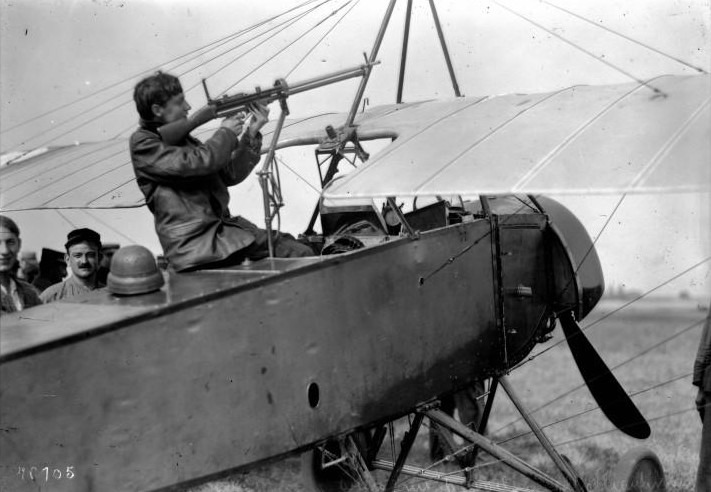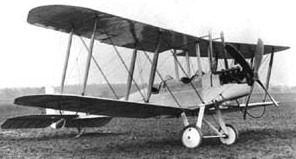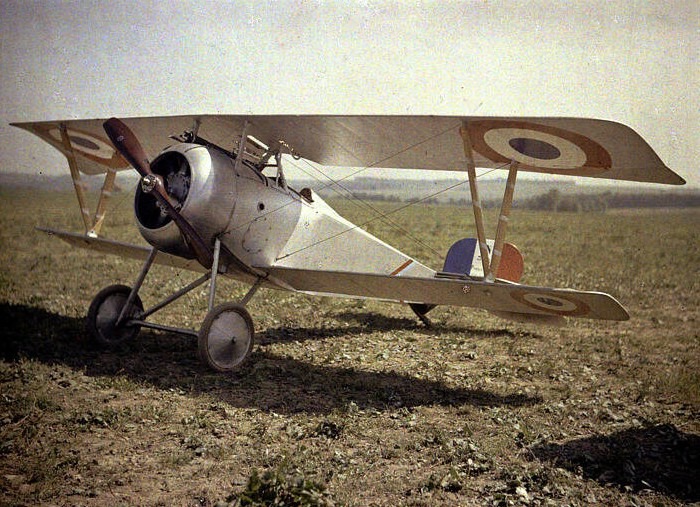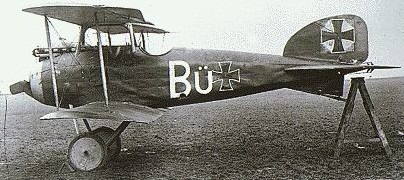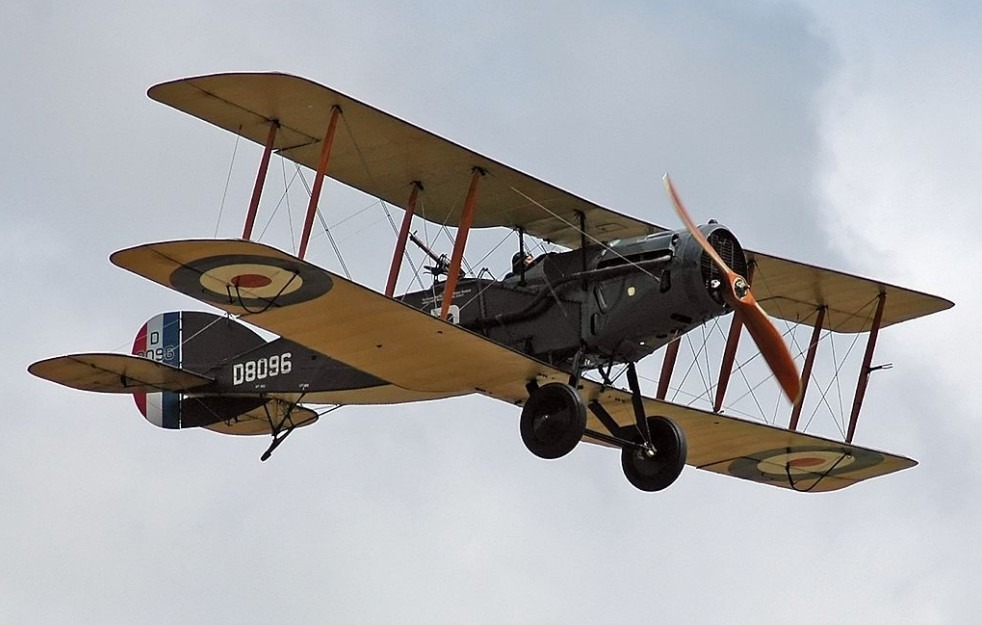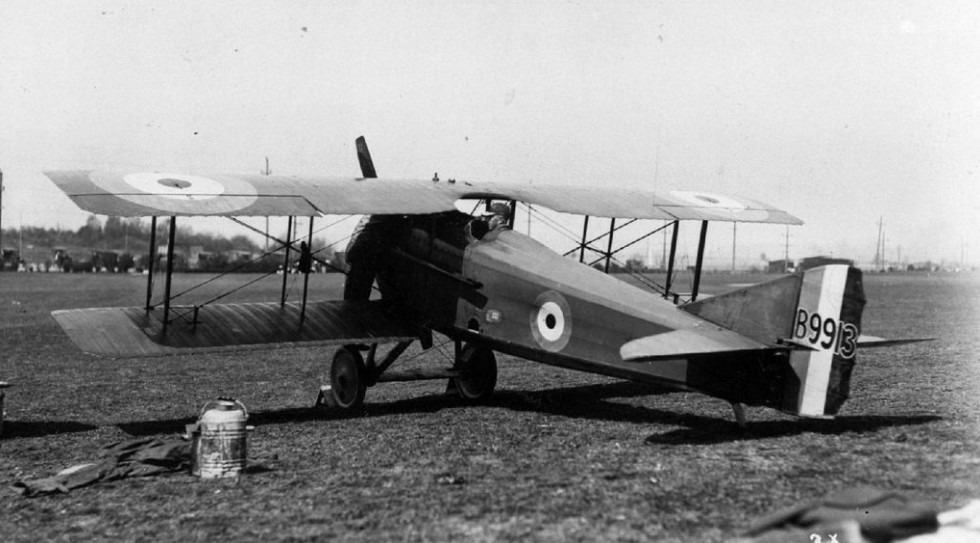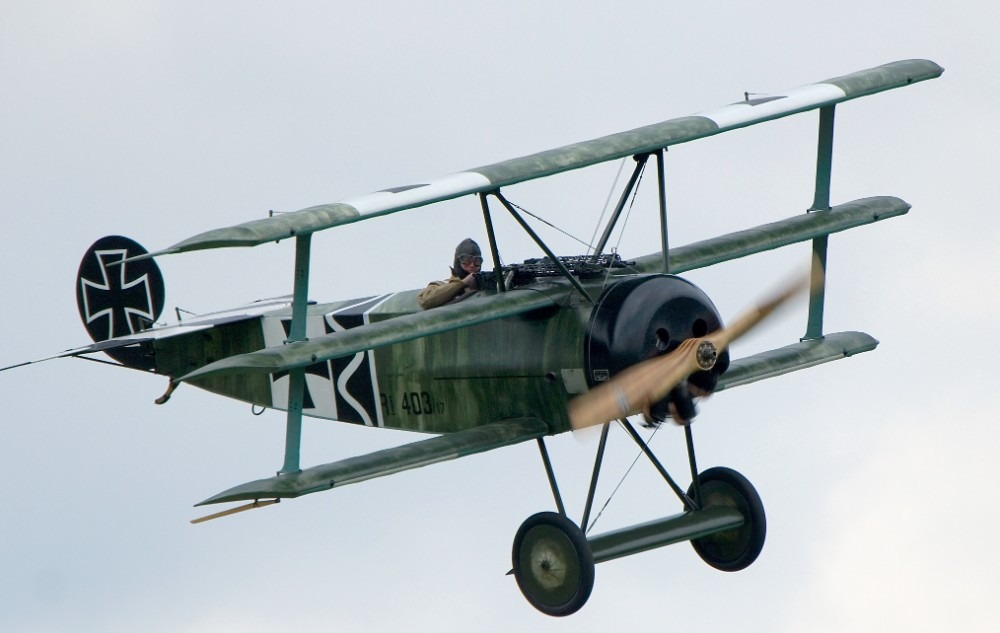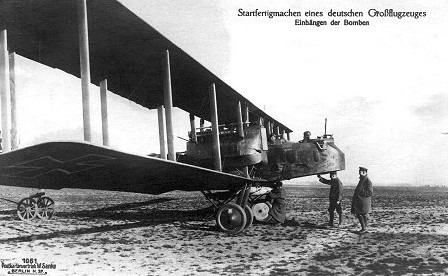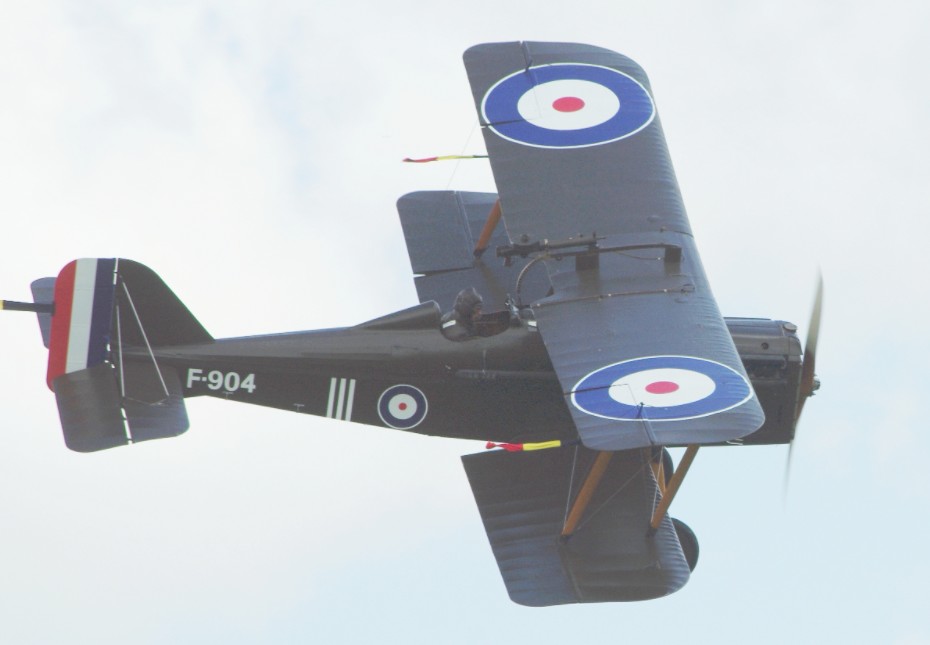World War 1 is one of the major conflicts that has occurred in the world. It was a conflict that engulfed Europe back in 1914. World War 1 is also known as the Great War which began after the assassination of Archduke Franz Ferdinand of Austria. World War 1 lasted 4 years and ended in 1918. Many countries got involved in this conflict and two separates military coalitions were formed.
On one side there were the Central Powers which consisted of Germany, Austria-Hungary, Bulgaria, and the Ottoman Empire, and on the other side were the Allied Powers which consisted of Great Britain, France, Russia, Italy, Romania, Japan, and the United States. Due to the advancement in the strategies of war and new technologies, World War 1 brought unprecedented destruction and carnage in the world. In 1918 when the war ended it had already claimed the lives of 20 million soldiers and civilians.
The Allied forces emerged victorious in World War 1 which resulted in the fall of the continental empires in Europe, the Russian Revolution, widespread unrest all across Europe, and the creation of the League of Nations.
The advancement in technologies like arms and aircrafts made World War 1 such a huge carnage. The development of aerial combat played a very important role during the conflict. By 1918 the counties involved in the war had made fighters and long-range bombers. This also gave rise to the fighter aces and pilots became national heroes. Bombers had few crew members and dropped the ordinances out of the plane a fairly crude approach but with the advancement in technology their reliability and maneuverability were improved.
50 different types of aircraft were used in the 1st World War few of which are given below.
Royal Aircraft Factory B.E.2
A fairly stable aircraft that was initially used as a light bomber and night fighter. The plane was not suitable for air to air combat. B.E.2 was designed and manufactured by the Royal Aircraft Factory in Britain. Consisting of a single-engine the B.E.2 was a two-seat biplane. It was used by the Royal Flying Corps back in 1912. Modifications to the plane were also made and a total of 3,500 were manufacture at the time of War.
By 1915 B.E.2 had become obsolete but it was still used by the British while suitable replacements were being tested and manufactured. As the new versions of the aircraft emerged B.E.2 was used for training and communication purposes. Other versions of the aircraft were the Royal Aircraft Factory B.E.9 and B.E.12.
The use of this aircraft was stopped in 1919.
French Nieuport 17 C1
The Nieuport 17 C1 was designed and manufactured by the French company Nieuport during the 1st World War. This aircraft was slightly larger than the earlier designs and had a powerful engine. This was a fighter aircraft introduced in 1916. The aircraft had an excellent rate of climb and outstanding maneuverability which gave it an edge over the enemy planes. It was described as “the best pursuit plan of the day” back in that era.
The aircraft had such a good performance that the German Air Services started making copies of it. A total of 3600 licensed aircraft were manufactured by different firms in France and Russia. Some unlicensed copies were also produced by the Germans.
Albatros D.1
The Albatros D.1 was manufactured by the Germans during World War 1. It remained operational for a short period. It was designed to counter the latest fighter plane of the Allied forces. The manufacturing of this aircraft began in 1916 and was introduced to the squadron service later that year.
Albatros D.1 was a replacement for the early designs of Fokker and Halberstadt. Only 50 of these aircraft left the assembly line and after a few modifications, D.1 was converted into the Albatros D.2.
Bristol F2 Fighter
The Bristol F.2 Fighter was a British two-seat fighter aircraft developed by Bristol Aeroplane Company in 1916. It is commonly known as “Brisfit” or “Biff”. It was initially intended as a replacement for the Royal Aircraft Factory B.E.2c but the installment of a powerful engine gave it the performance suitable for a two-seat fighter.
The initial designs of Bristol F2 were no up to the mark but later on, the definitive F2B proved to be an efficient and agile piece of technology. A total of 5,329 were made during the 1st World War and also in the later years. The Briston F2 was last used by the British in 1930.
SPAD S. VII
The SPAD S.VII was one of the highly successful biplane fighter aircraft during World War 1. It was manufactured and designed by the French. SPAD S.VII was a sturdy and rugged aircraft. It was renowned for its good climbing diving characteristics. The pilots found it heavy on the controls and shifted to Nieuport fighter later on but SPAD S.VII did have a steady gun platform.
SPAD S.VII made its first flight in May 1916 and was flown by some famous the aces such as France’s Georges Guynemer, Italy’s Francesco Baracca, and Australia’s Alexander Pentland.
German Fokker Dr.I
The Fokker Dr.1 was a Dutch-made aircraft used by the Germans in the 1st World War. It is commonly known as Fokker Triplane. Fokker Dr.1 made its first light on July 5th, 1917. Compared to the other aircraft in the German arsenal, the Fokker Dr.1 offered exceptional maneuverability.
The Fokker Dr.1 was made in response to the British SopwithTriplane. The plane wasn’t as fast as the contemporary fighters but was a good dogfighter due to its climbing and diving abilities. The Fokker Dr.1 served in both the Worlds Wars and a total of 300 left the assembly line. No original Fokker Triplanes are left in existence; the last one was shot down in World War 2.
Gotha G.V
The Gotha G.V was a German long-range heavy bomber used in World War 1. The word “Gotha” evoked terror in the civilian population. The Gotha aircraft was a biplane having two engines and comprising of a steel structure and wooden frame. The plane was a formidable machine as it was able to operate both day and night. The biggest threat faced by the Gotha G.V was the anti-aircraft artillery because it was a heavy aircraft and was relatively slow.
Gotha brought an important innovation in the form of a “gun tunnel”. The early versions of the aircraft had a rear-facing machine gun which protected from the attacks from below. In the later versions of the rear gun was made static and a slot was provided in the upper fuselage.
Sopwith F1 “Camel”
The Sopwith Camel was a British single-seat biplane fighter aircraft which was put to use in the 1st World War. It was introduced in 1917 and was developed by the Sopwith Aviation Company. It is referred to as “the best fighter aircraft” of the Great War. The Camel was equipped with a twin synchronized Vickers machine gun. It proved to be a highly maneuverable and agile machine in the hands of an experienced pilot.
Camel was introduced into the war in 1917. The primary users of the elegant machine were the Royal Flying Corps, Royal Air Force, and the Royal Naval Air Services. 5,490 planes were made and used by the British Armed Forces. The last Camels were withdrawn from active service in January 1920.
Royal Aircraft Factory S.E.5
The S.E.5 was manufactured by the Royal Aircraft Factory and was used by the British in World War 1. S.E.5 was a biplane fighter aircraft. It was one of the fastest aircraft in the arsenal, providing stability and high maneuverability to the pilot. By some historians, it is described as the “Spitfire of World War One”. The S.E.5 was introduced in 1916 and was primarily used by US Army Air Forces, Royal Australian Air Forces, Royal Canadian Air Forces, and the Royal Flying Corps.
S.E.5 played an instrumental role in gaining air superiority in 1917 and was unbeatable for the rest of the Great War. 5,205 S.E.5 were built and used. As the war ended, some of the aircraft got transferred to overseas military operations and some were deployed for civilian uses.
Conclusion:
World War 1 was a time of great carnage, resulting in many civilian and military casualties but it also brought a revolution to aerial combat. Many aircraft we tested and deployed during the war and helped shaped in shaping the outcome of World War 1.
These little innovations contributed to the evolution of airplanes and gave us the planes which we use today.
